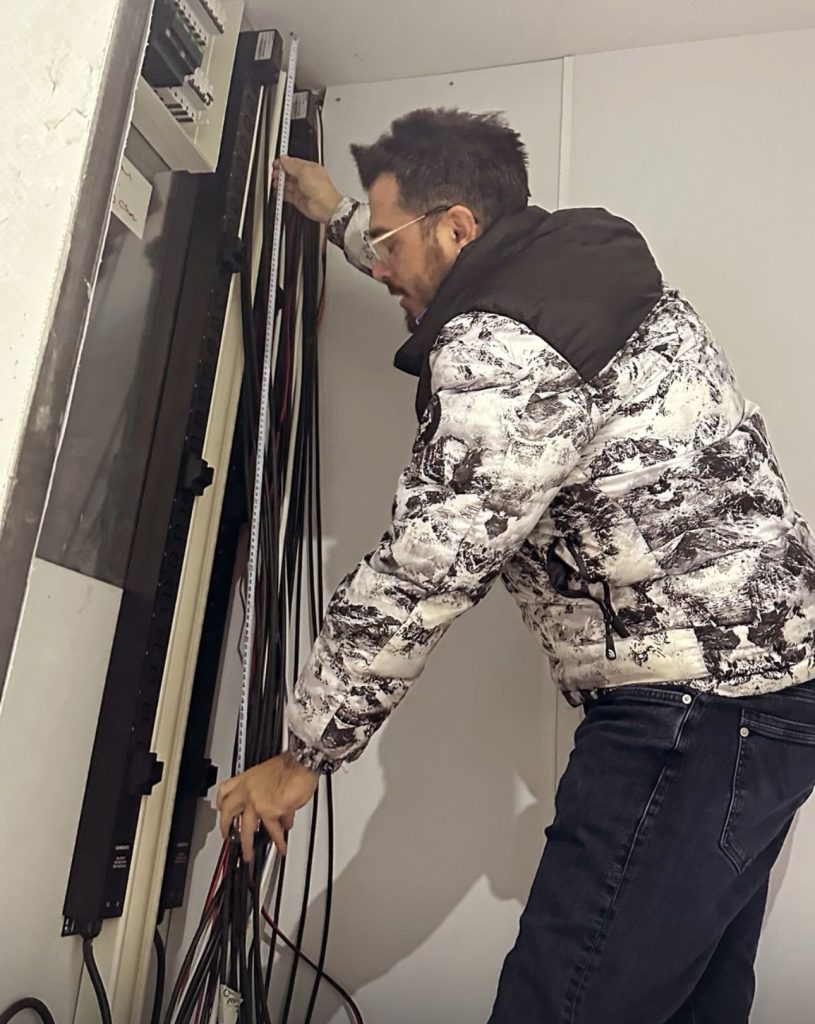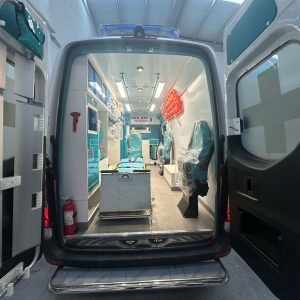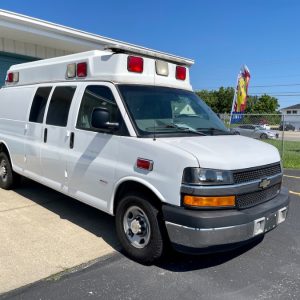Electrical Systems Integration, we design and manufacture mission-ready mobile solutions such as ambulances, mobile laboratories, command centers, and emergency response vehicles. Behind every one of our high-performance builds is a meticulously planned and expertly executed electrical system.
Electrical integration isn’t just about turning the lights on—it’s about power stability, user safety, energy efficiency, and system interoperability. That’s why ICU applies the highest standards in 12V/24V DC and 230V/400V AC electrical installation, wiring, control systems, and testing.
Why Electrical Engineering Is Critical in Mobile Units
Unlike stationary buildings, mobile units operate in unpredictable environments—off-grid, in remote terrains, and across varying climates. Power systems must:
- Handle fluctuating loads
- Withstand vibration, dust, and moisture
- Be fail-safe and easily maintainable
- Support medical, communication, or laboratory-grade devices
ICU builds all electrical systems with these challenges in mind—from the ground up.
Dual-Circuit Design Philosophy
ICU vehicles feature a dual-circuit power layout:
- Low-voltage DC system (12V or 24V) for:
- Internal and external lighting (LED)
- Ventilation and climate control
- Low-power sockets and monitoring panels
- High-voltage AC system (230V/400V) for:
- Laboratory equipment
- Computers and medical devices
- Battery chargers and HVAC units
Both systems are separated, grounded, and surge-protected, minimizing interference and risk.
Main Power Sources Electrical Systems Integration
We engineer electrical setups that integrate multiple power sources, enabling true autonomy in field conditions:
● External Grid Connection
- Compatible with shore power (AC input via IEC plug or industrial connector)
- Includes residual current protection (RCDs) and automatic breakers
- AC voltage range: 110–240V or 380–415V (customizable)
● Onboard Diesel Generator
- Soundproof, vibration-isolated gensets (5–12 kVA)
- Automatic or manual startup
- Ideal for off-grid missions
● Battery Pack & Inverter System
- AGM, Gel, or LiFePO4 batteries (up to 400 Ah)
- Paired with pure sine wave inverters (1.5–5 kW)
- Ensures seamless switch-over during outages
● Solar Panel Integration (Optional)
- Ideal for long-term deployments in sunny regions
- Reduces fuel consumption and extends autonomy
Control Panels and Monitoring Systems
Each ICU vehicle includes a central electrical control panel, typically mounted inside the technician area. Features include:
- Circuit breakers and fuse banks (clearly labeled)
- Digital voltmeters and ammeters
- Battery level indicators
- Inverter/charger control unit
- Generator status display
- Emergency shut-off
Optional:
- Touchscreen Smart Panel (HMI) for system-wide monitoring and automation
- Remote GSM/SMS/IoT control for status reporting
Lighting Systems
ICU installs energy-efficient LED lighting with optional dimming, zone control, and night modes:
- Interior lights (ceiling, under-cabinet, spot)
- Exterior floodlights for night work
- Flashing beacons (amber, blue, red)
- Emergency lighting (with battery backup)
All lights are IP-rated and suitable for harsh environments.
Wiring and Installation Quality
ICU uses only high-quality, flame-retardant, multi-strand copper cable, with the following specifications:
- Temperature rating: -40°C to +105°C
- ISO 6722 & SAE J1128 compliance
- UV and oil resistance
- Tinned for anti-corrosion (marine-grade)
Routing and Protection:
- All wiring is routed through corrugated conduits
- Secured with heat-resistant clamps
- Passed through rubber grommets at panel transitions
- Labeled according to DIN/IEC standards for fast maintenance
Sockets and Interfaces
We provide:
- 12V and 24V DC sockets (cigarette type, marine type, USB)
- 230V AC sockets (EU, UK, US, or custom)
- Data and communication ports (Ethernet, HDMI, RJ45, etc.)
- Grounding connections for sensitive equipment
Optional:
- Network switch panel
- Patch bays
- Power-over-Ethernet (PoE) modules
Battery Management Systems (BMS)
For units requiring long-term power autonomy, ICU includes:
- Battery-to-battery chargers (DC-DC)
- Solar charge controllers (MPPT)
- Smart BMS with Bluetooth or RS485 connection
- Deep discharge protection
- Alternator charging integration (via ignition signal)
Safety Comes First
Every ICU electrical system includes comprehensive safety features:
- Ground Fault Circuit Interrupters (GFCIs)
- RCDs and MCBs (Miniature Circuit Breakers)
- Surge protection for AC and DC lines
- Overheat sensors for generator bay
- Fire-resistant cable routing near fuel lines
- Clearly marked emergency shutoff switches
All systems are tested prior to delivery, with live-load simulation and safety validation.
Testing and Documentation
Before handover, ICU performs:
- Insulation resistance tests
- Load testing under max capacity
- Battery performance trials
- Thermal imaging (optional) for hotspot detection
Each unit is delivered with:
- Electrical schematics
- Load and breaker chart
- Maintenance guidelines
- User manual (multi-language available)
Applications Across ICU Vehicle Types
- Ambulances: Oxygen systems, medical device sockets, night lighting, stretcher lifting
- Mobile Labs: Lab-grade stable power, fume hoods, data systems, uninterrupted HVAC
- Command Vehicles: Radios, repeaters, CCTV, smart displays, server racks
- Refrigerated Vans: Cold chain control systems, thermometers, standby grid connection
- Military Units: Tactical lighting, encrypted communication modules, anti-jamming power isolation
Built to Standards Electrical Systems Integration
All ICU electrical installations follow or exceed:
- IEC 60364 (Low-voltage electrical installations)
- ISO 1789 (Ambulance electrical systems)
- UN ECE R10 (EMC for automotive electronics)
- ISO 7637 (Electrical disturbance from conduction and load dump)
Conclusion: ICU’s Power, Precision, and Protection
At ICU, we don’t just assemble wires—we build smart, safe, and resilient electrical systems designed to power life-saving missions and data-driven operations. From harsh deserts to freezing tundras, our mobile units deliver reliable power where it’s needed most.
Contact us today to receive a customized system layout, request our electrical compliance certificates, or schedule a project briefing with our engineers.













